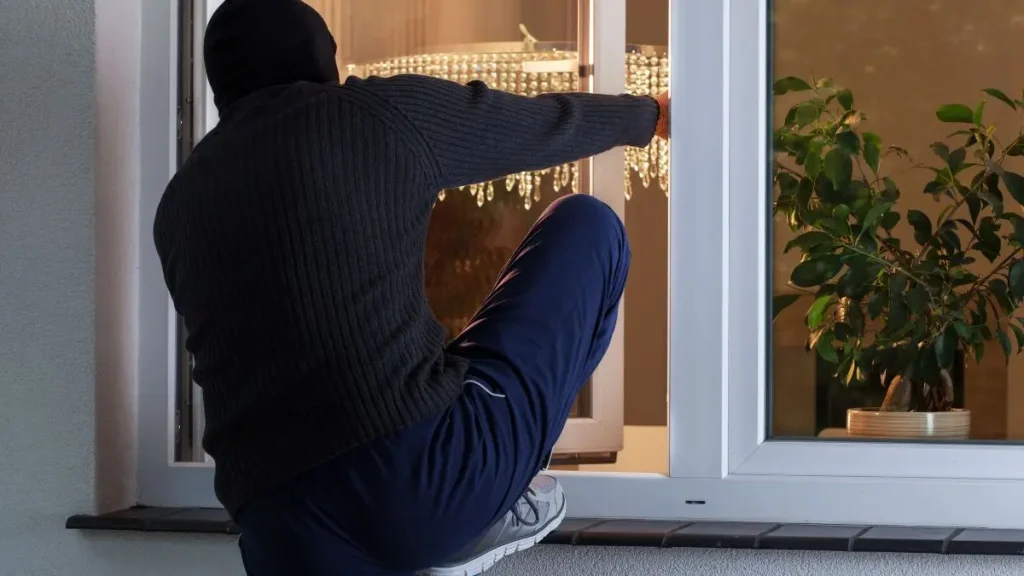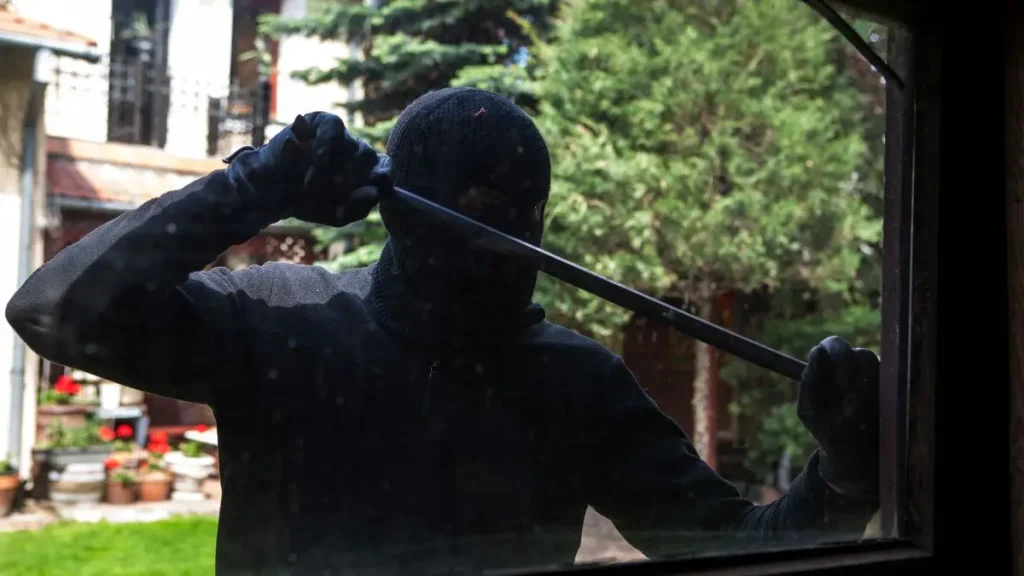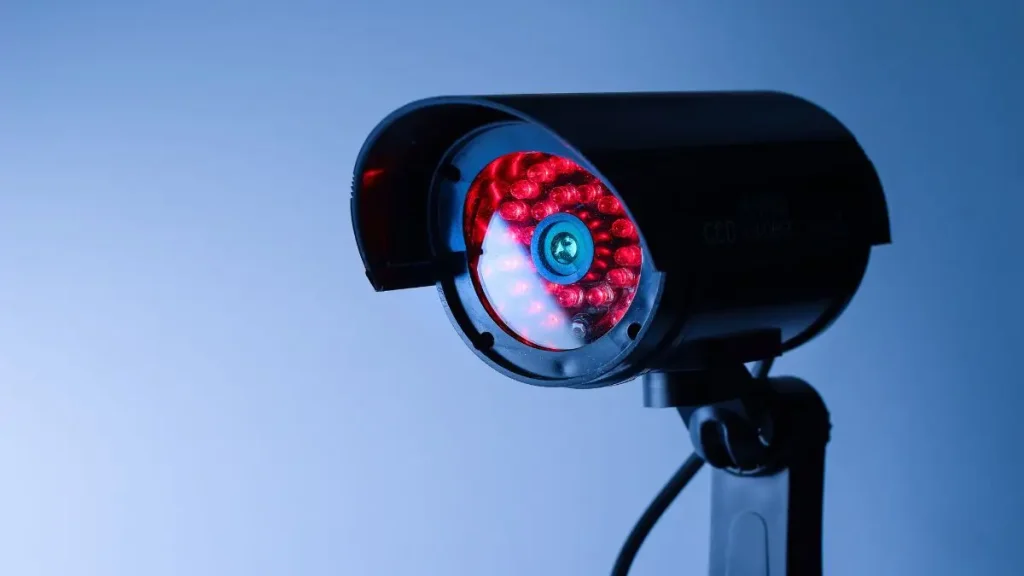Experts Unveil the Top 3 Most Common Times for Home Break-Ins
You probably picture a burglar creeping around your house at 2 a.m., right? That’s what most people think. But here’s the truth: break-ins are way more likely to happen when the sun’s up — especially between 10 a.m. and 3 p.m. That’s when most of us are out working, running errands, or dropping the kids off. Our homes are empty, quiet easy targets.
I’ve seen this pattern again and again. In fact, a study found that nearly 65% of home burglaries happen during the day. That’s not a small number. It means that while you’re focused on your routine, someone else might be eyeing your house — counting on you being gone.
The reason’s simple: burglars hate confrontation. They’re not looking to get caught. So they pick times when there’s a low chance of someone walking in on them. Daytime gives them that window — and they know most people don’t arm their alarms during lunch runs or school pickups.
Even Fox4 News backed this with law enforcement input — cops say weekday mid-mornings are the hot zone. It’s not random, it’s routine.
Let me ask you this: do you leave your doors locked when you run a quick errand? Do you assume daylight means safety? That little gap — 30 minutes out of the house — is often all it takes.
You’re not safest when it’s dark — you’re safest when your home looks occupied. So whether it’s setting up motion sensors, timed lights, or just asking a neighbor to keep an eye out, what matters is making your house unpredictable.
Seasonal Surge — Why Summer Months See a Spike in Home Break-Ins
You’d think people would break into homes more during dark, cold winters. But stats say otherwise. Summer is the real danger zone.
Experts quoted in CNET reveal that break-ins spike during warmer months — especially June to August. The reason? It’s simple: people go on vacation, leave windows open, and often forget basic security.
And burglars? They know this. They plan around it.
As per reports, your home is 11% more likely to be targeted in summer than in winter. That’s a big jump. And it makes sense — longer days, school holidays, and more empty homes give criminals the perfect opening.
Even quick weekend getaways can make your house vulnerable. A dark porch, a pile of packages, or silence for days — these are all signs that no one’s home.
The Midnight Misconception — Understanding Nighttime Burglaries

We’ve all seen it in movies — a shadowy figure creeping in at midnight. But in real life? That’s not when most break-ins happen.
According to Reolink’s burglary analysis, nighttime break-ins are more common in businesses, not homes. For residential areas, burglars prefer daytime when homes are empty, not when everyone’s asleep.
Still, it’s not like night is risk-free. When a burglary does happen late, it’s usually more strategic. Someone’s been watching the property. They know your routine. They’re waiting for the right moment.
Plus, they often come prepared — with tools, dark clothing, and a plan to get in and out fast. It’s less about impulse and more about opportunity.
But here’s the twist — night also comes with risks for the burglar. It’s quiet. Every noise carries. One porch light, one barking dog, and they’re exposed.
The Human Element — Who Are the Burglars?
Let’s cut through the stereotype. Burglars aren’t always masked strangers. In fact, the data paints a more disturbing picture.
According to The Zebra, in over 65% of burglary cases, the victim actually knows the thief. Could be a casual acquaintance. A contractor, a neighbor. Someone who’s seen your routine up close.
What’s more, only 12% of burglaries are pre-planned. The rest? They’re crimes of opportunity. Someone notices an unlocked door, an open window, or that you’re gone every Friday evening. And they act.
And they don’t tiptoe in. 95% of burglars use force to get inside. That means broken doors, damaged locks, shattered glass — and a long-term sense of insecurity that’s hard to shake.
Have you ever shared a spare key or access with someone you now regret? Drop it in the comments — your story might help someone else stay alert.
Prevention Tactics — How to Secure Your Home Effectively
You can’t stop every criminal from trying — but you can make sure your home isn’t the easy one on the block.
Most burglars are looking for the path of least resistance. If your house looks secure and alert, they’ll move on. That’s not theory — that’s backed by data from Fox4 News, where experts said over 60% of burglars avoid homes with visible security systems.
And you don’t need a high-end setup either. Even basic signs, cameras, or motion lights act as strong deterrents. The goal isn’t to make your house a fortress. It’s to make it look unpredictable and not worth the risk.
Also, most break-ins happen in minutes. A quick lock on the back gate, a trimmed hedge near your window, or an automatic light near your driveway can be the difference.
Think like a burglar for a second. What would they see first? A package sitting for days? A side door always unlocked?
Expert Insights — What Security Professionals Recommend

Sometimes, the best move is just listening to people who do this for a living.
Security pros aren’t just selling gear — they’re identifying blind spots that most of us never think about. Like how layered security works best. That means having multiple barriers — not just a lock on the front door.
A solid recommendation is combining physical security (locks, fences, door reinforcement) with smart tech (cameras, motion sensors, app alerts). The two work better together than either does alone.
Experts also suggest building routines around security:
- Always locking doors, even for 5 minutes.
- Setting alarms during the day, not just at night.
- Getting neighbors involved if you’re going away.
This stuff may sound obvious. But most break-ins happen because people get too comfortable.
Which of these tips do you already use — and which one’s missing from your routine? Let’s talk in the comments.
Real-Life Stories — Learning from Past Incidents
Let me tell you — nothing hits harder than seeing it happen to someone you know.
There was a case recently reported in the Times of India where a high-value burglary in Salt Lake was solved within 24 hours. The twist? The thief was a professional with a clean plan — but he was caught because the homeowner reported it immediately and had a working CCTV system.
That one action — a working camera and a quick police call — made all the difference.
I’ve seen people spend lakhs replacing stolen items when a ₹2,000 camera could’ve stopped the whole thing. The sad part is, most people only act after it happens.
Sadly, incidents like these aren’t rare — just recently, a 13-year-old boy in Philadelphia was held at gunpoint during a home invasion. Stories like that are the reason these tips matter.
Community Vigilance — The Role of Neighborhood Watch
Let’s be honest — you can’t watch your house 24/7, but your neighbors might notice something you missed.
That’s where community vigilance comes in. A simple chat with your neighbors, a shared WhatsApp group, or even a “watch each other’s back” mindset can be a massive deterrent.
Most burglars avoid neighborhoods where people know each other, walk their dogs, or sit on porches. Why? Because someone’s always watching. And they know a nosy neighbor can ruin their whole plan.
In fact, many local police departments say that active neighborhood watch programs drastically reduce home crime rates — not because they’re high-tech, but because they build awareness.
Even little habits help:
- Telling your neighbor if you’re out of town
- Offering to take in mail/packages for each other
- Sharing security cam footage if something suspicious happens
Do you know your immediate neighbors by name? If not, maybe start there.
Technological Advancements — Embracing Smart Home Security

This isn’t just about alarms anymore. Smart home security has changed the game.
Now, with a few taps on your phone, you can:
- Check live camera feeds
- Get motion alerts instantly
- Lock or unlock doors remotely
- Set routines that make your house look occupied
You don’t need to spend a fortune either. Brands like Blink, Wyze, and TP-Link offer budget-friendly systems that still do the job.
The trick is to connect your tech with your habits. A smart camera won’t help if you forget to arm it. But if you use voice commands, set schedules, or link everything to your phone — it becomes second nature.
And here’s the best part — smart systems don’t just stop burglars, they give you peace of mind. You’ll sleep better knowing your house is watching itself.
Final Thoughts
Let’s bring it all together.
Most people don’t think about break-ins until it happens to them. But if you’ve read this far, you’re not most people. You’re proactive. You care. And that’s half the battle won.
You now know that break-ins aren’t random — they follow patterns:
- Daytime hours (10 a.m. to 3 p.m.)
- Summer months when routines slip
- Strategic nighttime hits, though rarer
You’ve also seen how real stories, smart tech, and simple habits can flip the odds in your favor.
This isn’t about living in fear. It’s about living prepared. Security doesn’t mean building walls. It means creating signals that say: “This home isn’t worth the risk.”
Disclaimer: The information in this article is based on publicly available data, expert insights, and news sources. It is intended for awareness and general safety guidance only. For personalized advice, consult local law enforcement or a certified security professional.
⭐ Subscribe to Our Newsletter
Subscribe to the publishers newsletter to receive the latest news and updates directly in your inbox


